QuestionI am considering purchasing a small aquarium for my office at work. Will not have access to feed the fish over the weekend and some of the three-day holidays. What would you suggest?
AnswerHi Chris;
Make sure you get a tank with a thermostatically controlled heater. Most offices don't heat the buildings on the weekends. There are little tanks of 4 to 5 gallons that are a good size. Some are tall so they take up very little space. You will need a 25 watt heater for it. Tanks smaller than this are dangerous to put heaters in. Too small a space and they can overheat.
Besides that, it should be fine. Healthy fish can go a week with no food at all. It won't hurt them to wait 2 or 3 days for a feeding. Just don't overcompensate and feed extra before and after the weekend. It will only rot if not eaten right away or cause indigestion and sick fish is they overeat.
For maintenance, remove 25% of the water and replace with fresh every week to two weeks. Use a good water conditioner when you add it to the tank. The new water must also be the same temperature as what is already in the tank.
Here is my article on new tanks to help you with the first 6 to 8 weeks when you start out;
**********
New Tank Syndrome or Break-in Period
So you have a new tank and you filled it up, put the filter together, mounted the heater into place and turned on the lights. You have all the plants and decorations where you want them....
You are ready for fish.
But, your filter is not ready for a full tank of fish yet.
The filter is running and moving the water and cleaning out crud, right? Of course!
But a very important part of your filter is the part you can't see. An aquarium filter removes the larger visible stuff, but it also must remove the dissolved fish waste that turns into ammonia in the water. To do this, special bacteria must grow in the filter system and on the particles of gravel in the bottom of your tank. This process occurs even on a limited scale in little fish bowls that have no filter in them.
This is "New-Tank Syndrome" or the "Break-in Period". The entire process takes 6 to 8 weeks to complete because these "nitrifying" bacteria grow quite slowly.
Start off with only two hardy fish for every ten gallons of water and don't add more until the 6 to 8 weeks has gone by. Hard to be patient, but it is worth it to keep your fish alive and healthy. As a matter of fact, the bacteria cannot develop without fish in the tank. You can let that tank sit forever without fish in it, but as soon as the first fish goes in the process begins. Avoid changing the filter pads during break-in. This removes the bacterial colonies that are essential to a balanced aquarium. You can rinse the filter pad out in a container of aquarium water. This will preserve most of the bacteria colonies while still allowing your filter to flow freely.
Feed your new fish VERY lightly. Any excess food will cause additional waste your system cannot afford to have right now. If you see food floating around or lying on the plants and gravel after five minutes, too much food is going into the tank. Cut back a little each time you feed until it is ALL gone 5 minutes after you feed them.
During this "break-in period" your tank will become cloudy and milky looking. You may have to tolerate this for the entire break-in period but it is only temporary. Changing 25% of the water three times a week until the break-in period is over helps a great deal. Changing water reduces the ammonia and nitrites that rise while the bacteria continues to multiply. If ammonia and/or nitrites become too high, your fish will become stressed and possibly die. Use a good water conditioner when you replace the water and make sure it is the right temperature to avoid shocking your fish.
When the break-in period is over, do regular water changes and vacuum the gravel at the same time. A change of 25% every one to two weeks is a good rule of thumb. It simply needs to be done for healthy fish.
Following these guidelines will help you get your new tank on the right track.
**********
Followups welcome.
At Your Service;
Chris Robbins

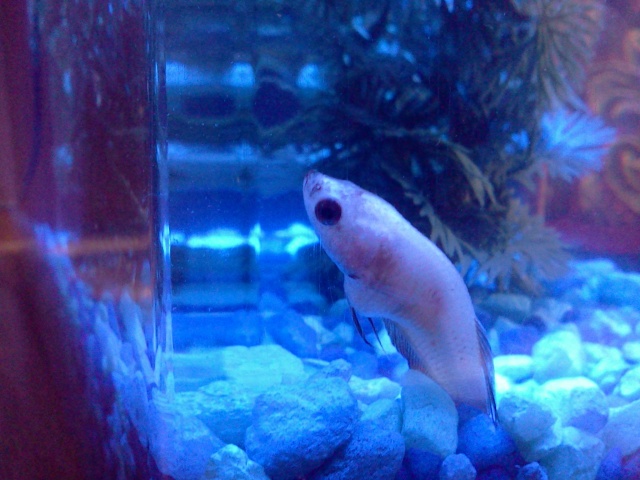 Female Betta Problems
QuestionPenelope
QUESTION: Hi,
I have a female
Female Betta Problems
QuestionPenelope
QUESTION: Hi,
I have a female
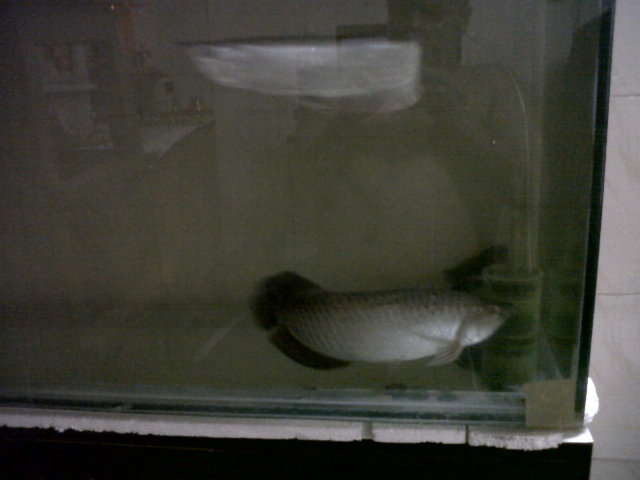 Keeping 11
QuestionQUESTION: As i have mentioned above i have two
Keeping 11
QuestionQUESTION: As i have mentioned above i have two
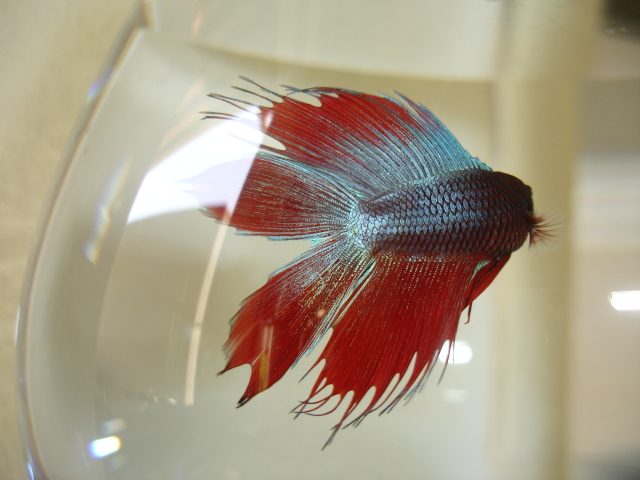 Bata Fish
Questionfish~Bata
QUESTION: I have had my Bata f
Bata Fish
Questionfish~Bata
QUESTION: I have had my Bata f
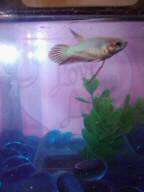 Female betta laying eggs?
Question
Betta fish
I recently purchased a female bett
Female betta laying eggs?
Question
Betta fish
I recently purchased a female bett
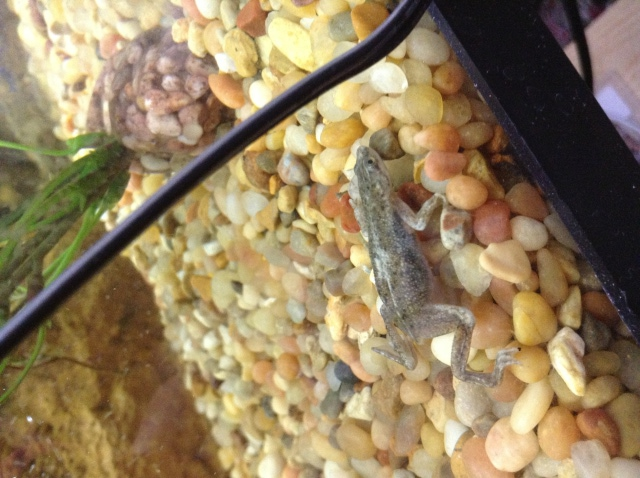 African dwarf frog
Question
Side/top Front
My African dwarf
African dwarf frog
Question
Side/top Front
My African dwarf